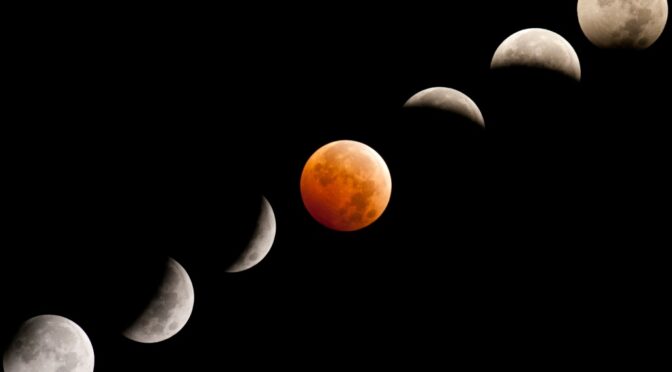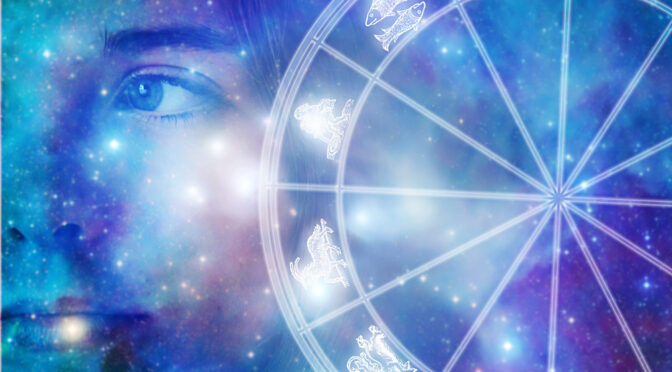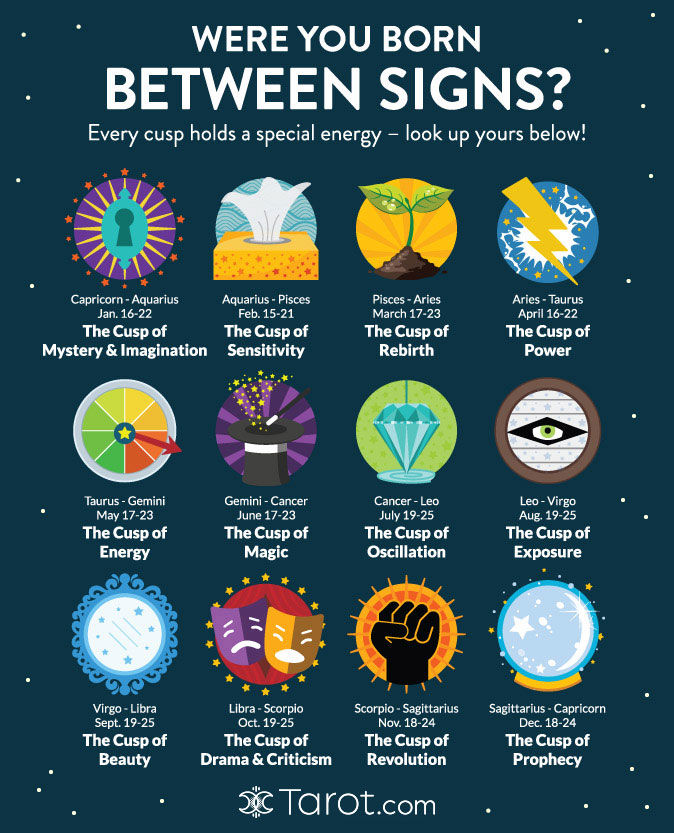Did you know each full moon has a name? I actually didn’t know that before this! I had heard of the harvest moon but that was all! The native americans named each full moon to help them track the seasons. It was a representation of a time of year and the energies that came with it.
Although the early native americans did not record time the way we do, using the Gregorian calendar. They watched the skies, trees and stars and observed a change over time. Some tribes had 4 seasons, some had 5 based on what they experienced. Sometimes there was 13 months in a year because of the variation in lunar cycles, leap years and so on.
The names for each moon apply to the entire month.
January, known as the Full Wolf Moon was named after it appeared when wolves would howl outside of the villages. It was also known as the Old Moon to some tribes.
February is known as the Full Snow Moon, because that month typically has the heaviest snow fall of the year. Other tribes had named this moon the ‘Hunger’ Moon because it was the most difficult to hunt for food in this season.
March is called Full Worm Moon, because it is the beginning of spring! It is when everything comes alive again; things start growing, birds and bugs come out, especially worms. It was named after the representation of rebirth of nature. Also known as the Sap Moon because of the maple trees sprout once again.
April is the Full Pink Moon. Slightly more abstract, this moon is named after the appearance flowers as spring continues on. Also known as the Egg or Fish Moon, it all represents the birth, sprouting and life of a new cycle.
May is called Full Flower, or Milk Moon. As spring brings new plants, flora and life forth, the tribes named this month after the continuation of growth from mother Earth. Continue reading











